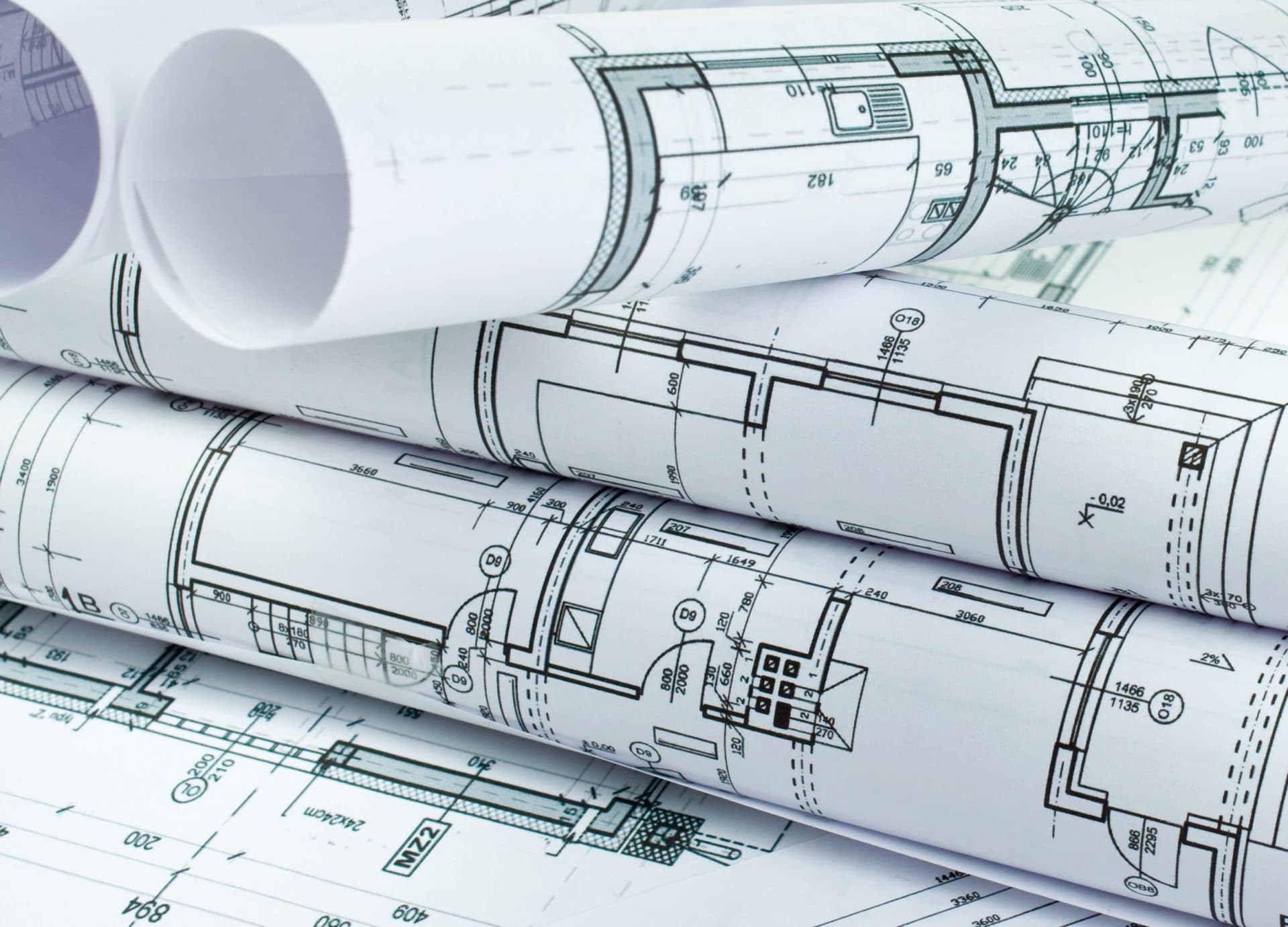Problems? What problems?
If you are building for the first time, it is only natural that you would feel pretty excited and enthusiastic about getting things under way – it is after all an exciting thing you are doing – very possibly a once in a lifetime thing. For the most part, potential problems and pitfalls are probably not your main focus.
You may well have just read a bunch of glossy product catalogues and building company brochures telling you how wonderful and easy it will all be. With lots of pictures of happy smiling customers, a bit like these guys…
Sorry to rain on your parade, but as surely as there are large sums of money involved, there will be vested interests out there queuing up to help you spend it, happy to tell you whatever they think you want to hear – just not necessarily what you need to hear.
We in the building industry are certainly not all cowboys or used car salesmen, but if you are smart then you should probably approach building your new house with a healthy dose of caution. Your financial future, your lifestyle and your peace of mind are at stake here, and there are a lot of pieces to the puzzle.
Here are a few questions to ask yourself, before you go crashing ahead:
On a scale of 1-10, how clear are you about what you need vs. what you want, and are all stake holders in agreement?
On a scale of 1-10, how certain are you that you know the best ways to resolve conflicting objectives with the least compromise?
On a scale of 1-10, how aware are you of all the various options your site will accommodate, and their pros and cons?
On a scale of 1-10, how confident are you that you know of all the legal and planning requirements?
On a scale of 1-10, how aware are you of all the processes you will have to have in place to get the project delivered on time and on budget?
On a scale of 1-10, how certain are you that the design advice you are getting is unbiased and genuinely the best fit for the job, rather than just steering you towards whatever is most profitable or easy for that designer or builder (capability and integrity definitely varies from one outfit to the next). Are you sure no ‘back-handers’ are being paid (ultimately by you) when you are being steered towards certain products and systems over others?
On a scale of 1-10, how certain are you that your budget will meet all your needs?

There is no reason a reasonably smart person (and you must be smart to have read this far!) should not be perfectly able to handle some of the ‘donkey work’ in addressing these questions, given enough time and patience.
Either way, a smart person would certainly be actively involved and contributing throughout the design process.
However if your target is higher than ‘just average’, this is also when a smart person appoints an independent expert – a staunch and experienced ally who is not afraid to tell you what you may not want to hear, to steer you away from costly mistakes, and who can spot the possibilities for a really great solution when all you are seeing is compromises.
Design (or at least good design) is not merely a case of choosing things you like. Selecting things you fancy is good fun, but is really only the superficial tip of the design iceberg – if you want the best outcome (though don’t mention that to your mass market building company!).

To put things insensitively, if you want ‘average’, and ‘easy’, any fool can pull this off (and many do) – just keep paying the bills and accepting whatever your volume builder and their ‘free’ design service put in front of you.
Maybe you will even get to pick the carpet and a few colours?
Think about the last time you drove through any typical kiwi subdivision, to imagine your likely results… “Uninspired” is a word that rapidly springs to mind. Yes?
If you do frankly aspire to better than average resale return without necessarily spending a whole lot more, as well as exciting, well judged, sensitive and functional design that makes the most of your site and your opportunities for lifestyle, then you will need to roll your sleeves up yourself – and work your designer even harder … and your designer needs to be good.
At the risk of sounding arrogant, when your lifestyle and return on investment goals are a little beyond mass home builder’s standard plan options, this is where the training, experience, ethics and straight-out intellectual horsepower of your designer will be revealed. It will either be found wanting (frankly, most are; that subdivision is packed with mediocre cases in point), or they will reconcile the seemingly irreconcilable, and discover opportunities and exciting and fresh ways to meet your brief that you may never have even thought of.
Solutions
There are many things we architects can do for you, beyond just ‘drawing the plans’ that you can call on if you want to maximise your outcomes and minimise risks and costs.
No two projects or clients are the same, so listening carefully to your objectives I believe is very important in selecting and tailoring any architectural services to suit your unique needs, even if sometimes this means being willing to refer you elsewhere.
Certainly with anyone who approaches me, and if we seem to be a good fit, I would usually recommend, that we conduct a low cost, ‘Needs and Options’ review – before you commit to anything.
This entails systematically working through your objectives and working out strategies for how these might best be achieved, as well as looking at the strategic factors (for example planning rules and other site specific opportunities and constraints) that can impact the outcomes.
The result is a useful report which is designed for you as a good solid foundation for whatever will follow, and to get you well along the way in addressing those pieces of the puzzle that you really need to get sorted before anyone starts designing anything.
It is also designed so you can take it to whichever architect, designer or (heaven forbid!) home building company you ultimately decide to work with.


